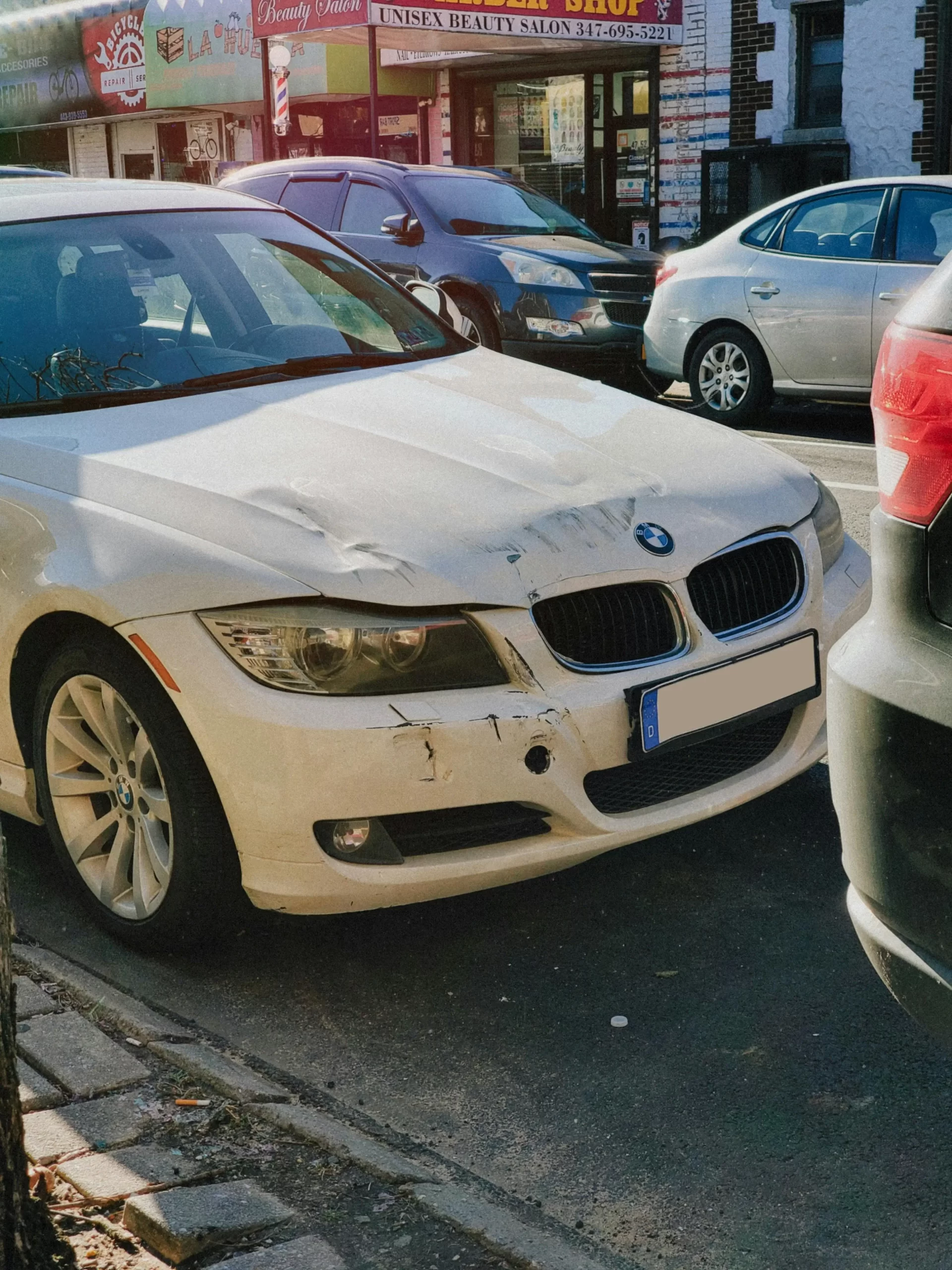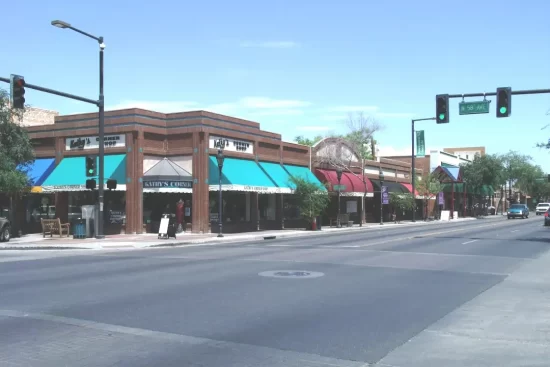
Even a minor fender bender can cause hidden frame damage that may compromise your vehicle’s safety and performance. While the exterior damage might seem superficial, underlying structural issues can lead to costly repairs if left unchecked. In this guide, we’ll walk you through how to inspect for hidden frame damage after a minor collision and why it’s crucial to address it early.
Why Hidden Frame Damage Is a Serious Concern
A car’s frame (or chassis) is its backbone, providing structural integrity and ensuring proper alignment of wheels, suspension, and body panels. Even a small impact can misalign the frame, leading to:
- Poor handling and tire wear – A bent frame can cause uneven tire wear and make steering difficult.
- Safety risks – In a future collision, a compromised frame may not absorb impact correctly, increasing injury risk.
- Decreased resale value – Undisclosed frame damage can significantly lower your car’s market value.
Since some damage isn’t visible to the naked eye, a thorough inspection is necessary.
Step-by-Step Guide to Checking for Hidden Frame Damage
1. Look for Visible Misalignment
After a minor accident, park your car on a flat surface and inspect it from different angles.
- Check panel gaps – Uneven gaps between doors, hood, and trunk may indicate frame misalignment.
- Examine headlights and taillights – If they appear crooked or don’t align properly, the frame could be bent.
- Inspect the wheels – A bent frame may cause wheels to sit at an odd angle or appear misaligned.
2. Test Drive for Handling Issues
Take your car for a short drive and pay attention to:
- Pulling to one side – If the car drifts even on a straight road, the frame or suspension may be damaged.
- Unusual vibrations – Excessive shaking at high speeds could indicate structural issues.
- Steering wheel alignment – If the wheel is off-center when driving straight, the frame may be compromised.
3. Check Under the Vehicle
Use a flashlight to inspect the undercarriage for:
- Cracks or bends in the frame rails – Look for any distortions in the metal.
- Misaligned suspension components – Bent control arms or struts suggest impact damage.
- Freshly damaged undercoating – Scratches or scrapes on the frame could indicate collision stress.
4. Measure the Wheelbase
If you suspect frame damage, measure the distance between the front and rear wheels on both sides. A discrepancy of more than a few millimeters could mean the frame is bent.
5. Look for Paint Stress Marks
After an impact, the frame may develop tiny cracks or stress marks in the paint. Check around the engine bay, door hinges, and trunk area for any unusual cracks or flaking paint.
6. Listen for Unusual Noises
Creaking, popping, or rattling noises when driving over bumps could signal weakened frame components.
When to Seek Professional Help
While a visual inspection can reveal obvious issues, some frame damage requires advanced diagnostics. Take your car to a professional if you notice:
- Difficulty closing doors or windows
- Visible crumpling in structural areas
- Persistent alignment issues despite adjustments
A certified auto body shop will use laser measuring systems and computerized frame machines to detect even minor misalignments.
The Risks of Ignoring Frame Damage
Driving with a bent frame can lead to:
- Premature tire wear – Misaligned wheels cause uneven tread wear.
- Suspension failure – Stress on weakened components may lead to breakdowns.
- Reduced crash safety – A compromised frame won’t protect occupants as effectively in another collision.
Insurance and Frame Damage Repairs
If your car has hidden frame damage, file an insurance claim promptly. Many policies cover frame straightening or replacement, but delays can lead to claim denials. Always get a professional assessment before settling with an insurer.
Final Thoughts
Never assume a minor fender bender hasn’t affected your car’s frame. By performing these checks and consulting a professional when in doubt, you can ensure your vehicle remains safe and roadworthy. Early detection saves money and prevents long-term damage, so don’t skip a thorough post-accident inspection.
Need a Professional Inspection?
If you suspect frame damage, contact a certified auto body shop near you for a detailed assessment. Your safety—and your car’s longevity—depend on it.






Leave a Reply